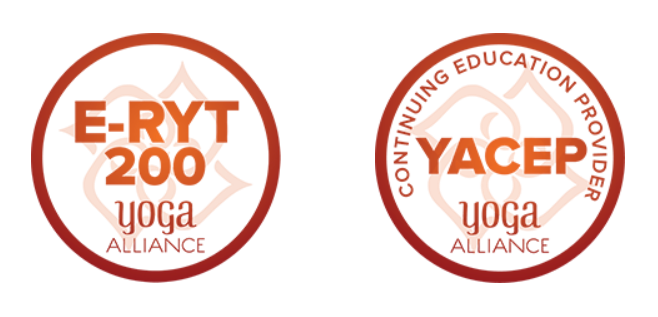
Course Description
The Yogayājñavalkya is a Sanskrit text on yoga, ascribed to the famous Vedic sage Yājñavalkya. It takes the form of a dialogue between Yājñavalkya and his wife Gārgī. Since there are at least two extant yoga works attributed to Yājñavalkya, there was a dispute among Indian scholars in the 1950s about their identity and dating. Today there is a consensus that the text we are about to read belongs to the early Haṭhayoga corpus, which includes works composed between the eleventh and fifteenth centuries. A more precise dating of the Yogayājñavalkya is difficult, but it is likely that it originated in the latter part of this period, possibly in the fourteenth century.
The Yogayājñavalkya has around five hundred verses that are spread across twelve chapters. Although its yoga teaching is framed within the aṣṭāṅga system, it offers haṭhayogic techniques based on Tantric concepts of the body, paying attention particularly to prāṇāyāma, nāḍīs and their purification, and kuṇḍalinī. This work is quite overlooked in yogic research, because it shares about half of its verses with the Vasiṣṭhasaṃhitā and scholars largely believe that it takes them from that text (which is far from certain). Therefore, they regard the Yogayājñavalkya as a secondary, derivative text. On the other hand, T. Krishnamacharya valued this text as one of the most significant yoga works, so the Yogayājñavalkya is highly popular in modern yoga lineages associated with him.

The Yogayājñavalkya in Translation
No prior study of Sanskrit is required, and no textbook is required for purchase. In the introductory lecture of our course, we will learn some basic facts about the Yogayājñavalkya (its content and structure, dating, place of origin, religious affiliation, manuscripts, editions, and translations). Then over the course of the next eleven sessions, we will closely read the text, using its critical edition (Divanji 1954), looking at A. G. Mohan’ translation, but providing a new, highly literal translation.
Students Will Receive:
- 12 Pre-recorded class sessions (90 min each)
- 5 ACP Credits
- 18 Hours of CE credit with YA
- Course Syllabus (PDF)
- Sanskrit-English edition and translation (PDF)
- 6 Multiple Choice Quizzes
- Yogic Studies Certificate (PDF)
- Access to the private Community Forum
Dr. Lubomír Ondračka
Asoke Kumar Sarkar Early Career Fellow in Classical Indology, University of Oxford
Lubomír Ondračka is a publisher, independent researcher and lecturer, currently holding a fellowship in Indology at Balliol College, University of Oxford. He studied mathematical modelling, nuclear physics, religious studies and Indology. Although basically trained as a philologist (using material in Sanskrit and both medieval and modern Bengali and Hindi), his research is enriched by an anthropological perspective based on his long stays in India (a total of seven years between 1996–2019). His research interests include the history of yoga (especially haṭhayoga), tantrism, death and dying rituals in Indian religions, and the culture and religion of Bengal.
His recent publications related to yoga include an encyclopedic survey of haṭhayoga, an analysis of a Middle Bengali text on tantric yoga entitled “The Garland of Bones,” a comprehensive annotated bibliography of haṭhayoga for the Oxford Bibliographies project, and a forthcoming overview of medieval yoga literature written for the Oxford Handbook of Hindu Literature. Also relevant to yogic research is his study “Transforming the Body by Mastering the Elements, Some Tantric Sources,” published online first in the Oxford Handbook of Tantric Studies. Most of his publications are available in full-text on his academia.edu page.
This course is eligible for 18 hours of Continued Education (CE) credits with Yoga Alliance

Stay Informed
Sign up for the Yogic Studies mailing list to find out first about upcoming courses, podcast episodes, promotions, events, and the latest research delivered straight to your inbox.


